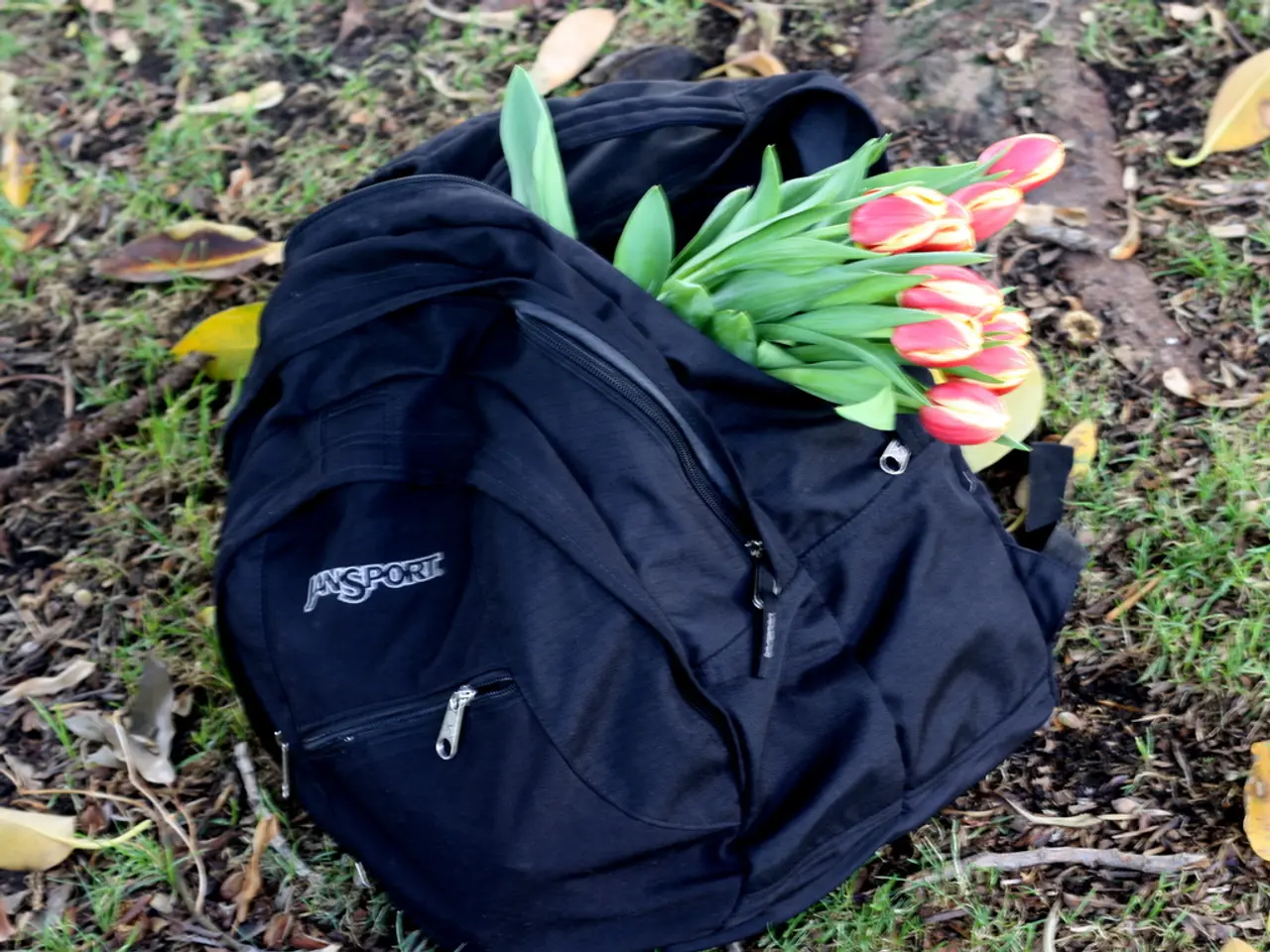Preferring Fabric Grow Bags Over Planters: Advantages Explored
In the world of gardening, there's a growing trend towards using fabric grow bags. These innovative planters, made from permeable, breathable non-woven polypropylene material, offer a host of advantages over traditional planters.
The Advantages of Fabric Grow Bags
Fabric grow bags are designed to promote healthier plant growth, particularly for delicate crops prone to transplanting shock. One key feature is their ability to facilitate air pruning, a process that helps prevent tangled root systems and encourages healthy root growth.
The breathable fabric of fabric grow bags also ensures proper drainage, minimizing the risk of over-watering. This is a significant advantage, as potted plants tend to develop tangled root systems, which can inhibit plant growth and lead to structural damage or rot.
Another benefit is their space efficiency and versatility. Fabric grow bags are easy to move and store, making them suitable for both small scale and large scale gardening, including filling raised beds. What's more, a single large fabric grow bag can be used to grow multiple plants.
Fabric grow bags are also environmentally friendly. They can be folded and stored neatly, making them suitable for seasonal use. Many fabric grow bags are recyclable or biodegradable, reducing their environmental impact.
The Differences Between Fabric Grow Bags and Regular Planters
The main differences between fabric grow bags and regular planters lie in their material, aeration, water drainage, temperature control, portability, and environmental impact.
Fabric grow bags are made from breathable, lightweight fabric that allows better aeration and water circulation in the soil, promoting healthier root growth and preventing root circling. This fabric also helps regulate soil temperature by allowing heat to escape, keeping soil cooler compared to plastic or ceramic pots.
In contrast, regular planters like those made from clay, ceramic, or plastic may retain more water and heat, potentially causing root stress. Clay and ceramic can be heavy and less portable, whereas plastic tends to lack aeration.
Making an Informed Choice
When it comes to choosing between fabric grow bags and regular planters, it's essential to consider your specific needs. Fabric grow bags offer superior functionality for vegetable or space-limited gardening due to their breathability, moisture management, temperature control, and portability.
However, regular planters often excel in aesthetics, with a wide variety of designs available. If you're looking for a planter that doubles as a decorative element, a regular planter might be the better choice.
In summary, if your priority is healthy vegetable growth, soil aeration, and flexible urban gardening, fabric grow bags are generally the better choice. For decorative purposes or very specific aesthetics, regular planters may be preferable.
[1] Fabric Grow Bags: A New Approach to Container Gardening. (2020). www.gardeningknowhow.com
[2] The Benefits of Growing Plants in Fabric Pots. (2021). www.gardeningchannel.com
[3] Why Fabric Grow Bags Are Perfect for Container Gardening. (2021). www.gardenmyworld.com
[4] ECO Gardener Grow Bags: The Ultimate Guide. (2022). www.ecogardener.co.uk
[1] Embracing a healthier lifestyle and creating a beautiful home-and-garden space can be achieved with the use of fabric grow bags in gardening. The versatility of these innovative planters, made from breathable fabric, allows for enhanced air pruning and proper drainage, promoting healthier root growth.
[2] For those looking to optimize space in their home-and-garden and engage in gardening, fabric grow bags are an excellent option due to their portability and adaptability for small-scale or large-scale projects, including home gardening and filling raised beds.




